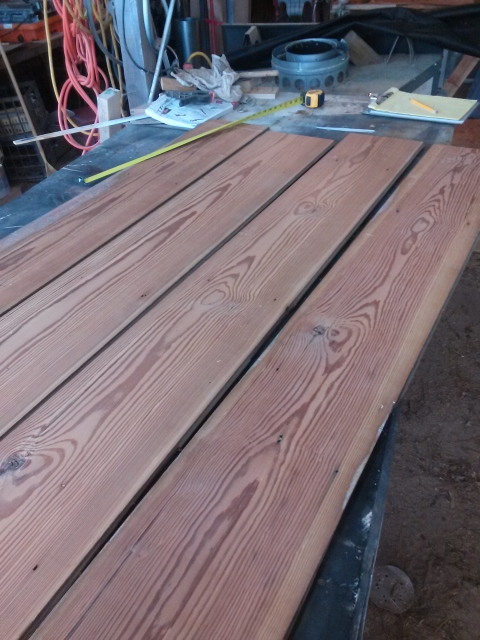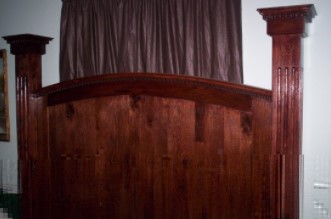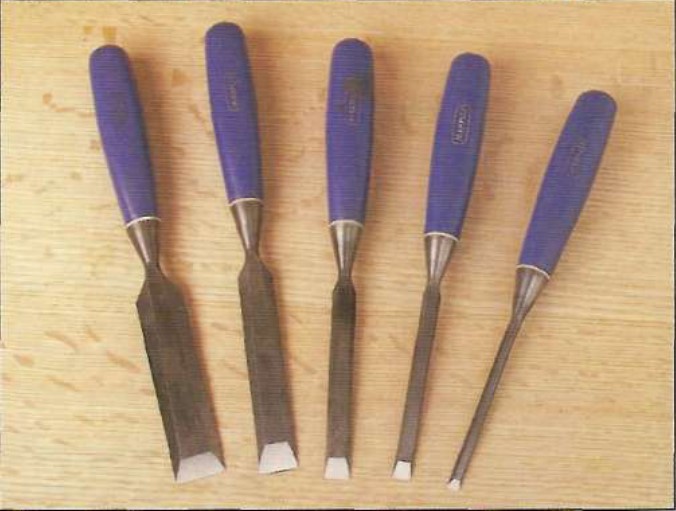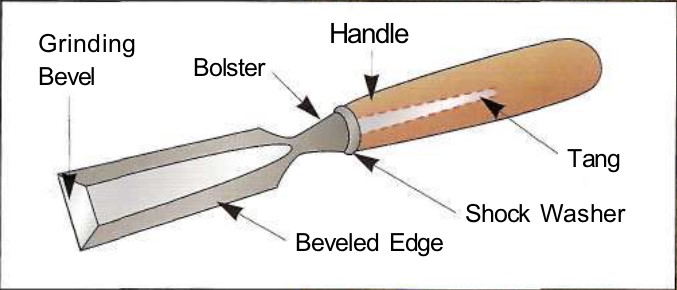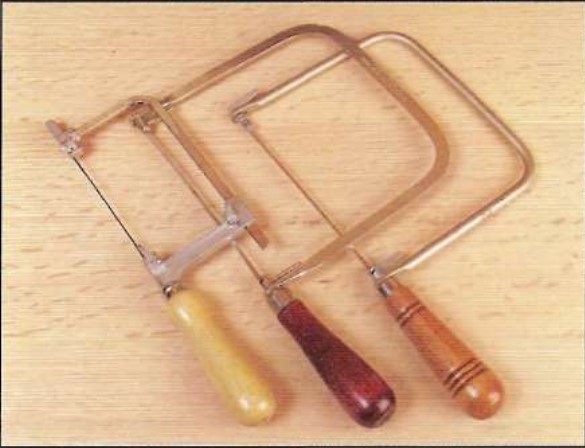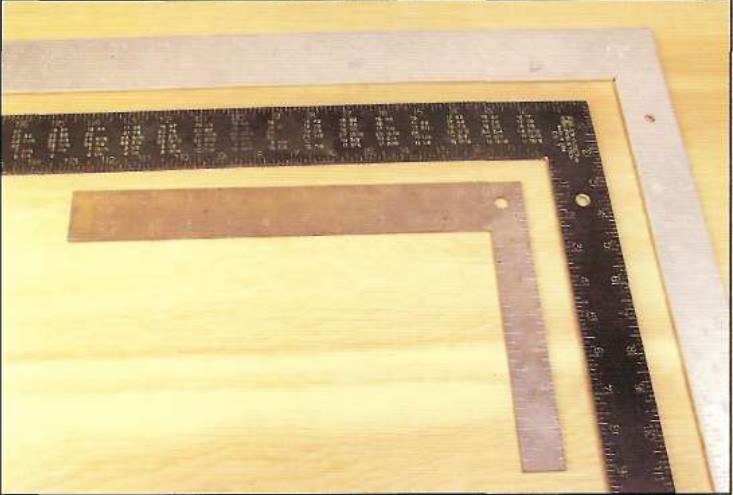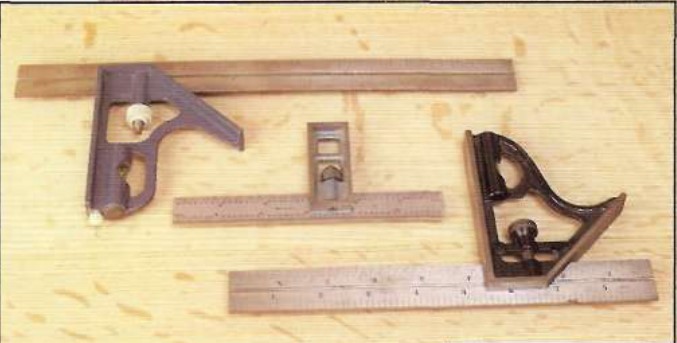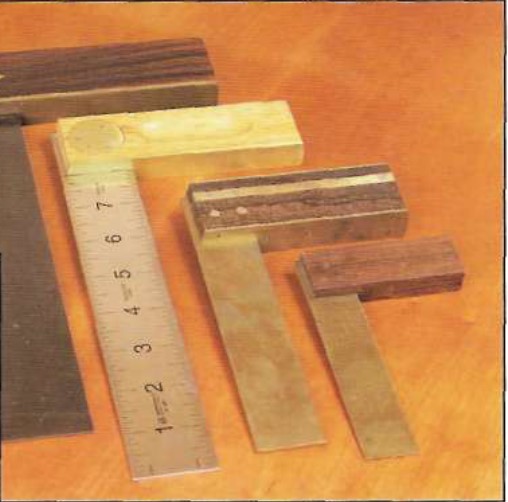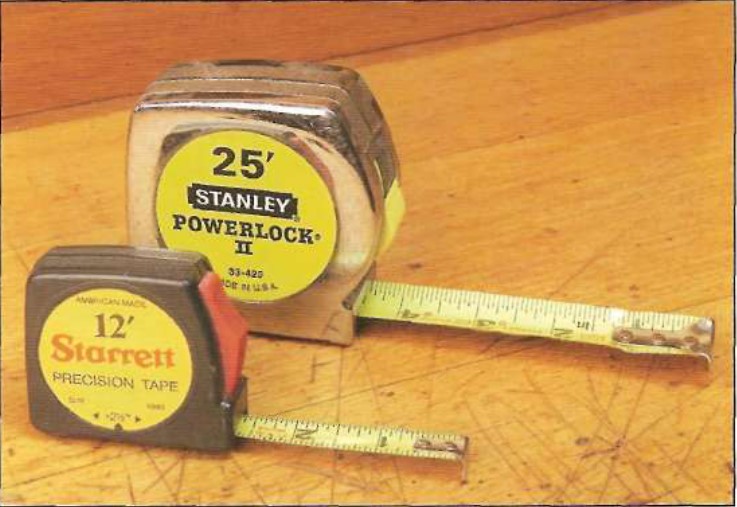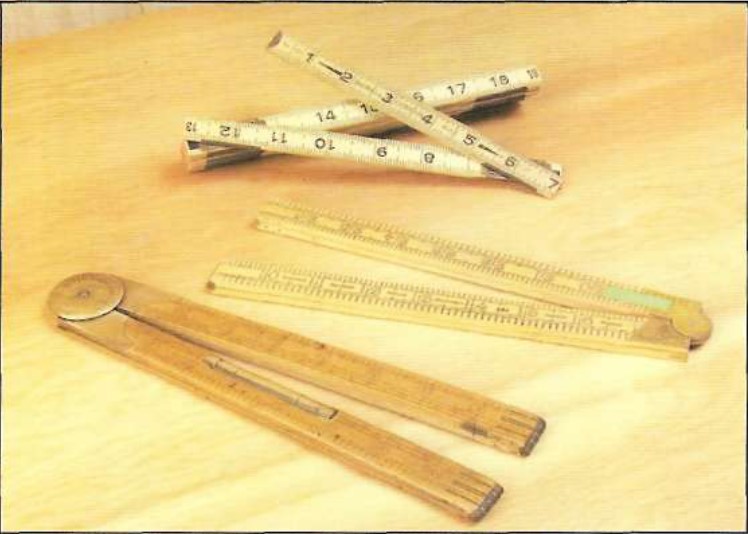Reclaimed wood from an old barn was used to make this farm table. A planner was used to get the heart pine boards ready to make the table top. The mortise was cut in legs that were made from cypress found at the local lumberyard. Table aprons were made using heart pine and the groove…
Oak Headboard
I made all molding in my shop. Most of the wood came from shipping pallets. Post are 4 3/4″x4 3/4″ solid oak. Flutes were done with 3/4″ radius router bit. The dental molding on post and headboard was made using a Dovetail jig I use and a 1/2″ radius bit. I started on one end of the…
BEVEL-EDGED CHISELS
When I say “chisel,” the image that pops into most woodworkers’ minds is a beveledged chisel like any of those shown in the top photo. It’s ironic that these chisels have been marketed so long as bevel-edged that most people don’t realize that these are actually firmer chisels. What’s really odd is that many woodworkers…
CHISEL TERMINOLOGY
Chisels can be broadly classified into two groups: those designed for use with hand pressure only, and those intended to be driven by a mallet. Chisels made for hand use only may be either firmer chisels (originally called “former” chisels because they were used to form rough shapes) or paring chisels. Mallet-driven chisels are mostly…
COPING AND FRET SAWS
Coping and fret saws are yet other types of frame saws where the blade is held in a tensioned frame that is adjustable. Most coping saws accept a 65/8″-long, very thin, narrow blade with fine teeth—typically 15 to 32 teeth per inch. Fret saws often have deeper throats or an adjustable frame, and accept blades…
FRAMING SQUARES
A framing square is another one of the tools that some woodworkers feel belong only in a carpenters toolbox. That’s too bad, because a framing square is quite useful in the wood-shop. The longer legs of a framing square make it ideal for checking larger surfaces, where a smaller try square or combination square won’t…
COMBINATION SQUARES
What do you get when you combine a metal rule, try square, miter square, level, and depth gauge into one tool? A combination square. A combination square is a metal rule with a groove in it that accepts a pin in the head of the square. The head has two faces—one at 90 degrees and…
TRY SQUARES
Try squares have long been a mainstay of the woodworker. We use t h e m to lay out and mark boards for joinery, and to check edges to make sure they’re truly square. A try square consists of a metal blade and either a wood or metal stock. Most quality wood stocks have the…
TAPE MEASURES
I’m sure that when Alvin J. Fellows patented the steel tape measure in 1868, he didn’t expect that his invention would turn out to be one of the most useful of all tools to the woodworker. Although his tape measure didn’t have a locking mechanism for the tape (this was patented by Stanley in 1968),…
FOLDING RULES
Long before the tape measure arrived, the folding rule was used for layout and measuring. Typically made of boxwood with brass protecting the ends, the most common of these was the four-fold 2-foot rule that fit easily in a pocket. A more modern type of folding rule is the zigzag rule. Although I usually use…

